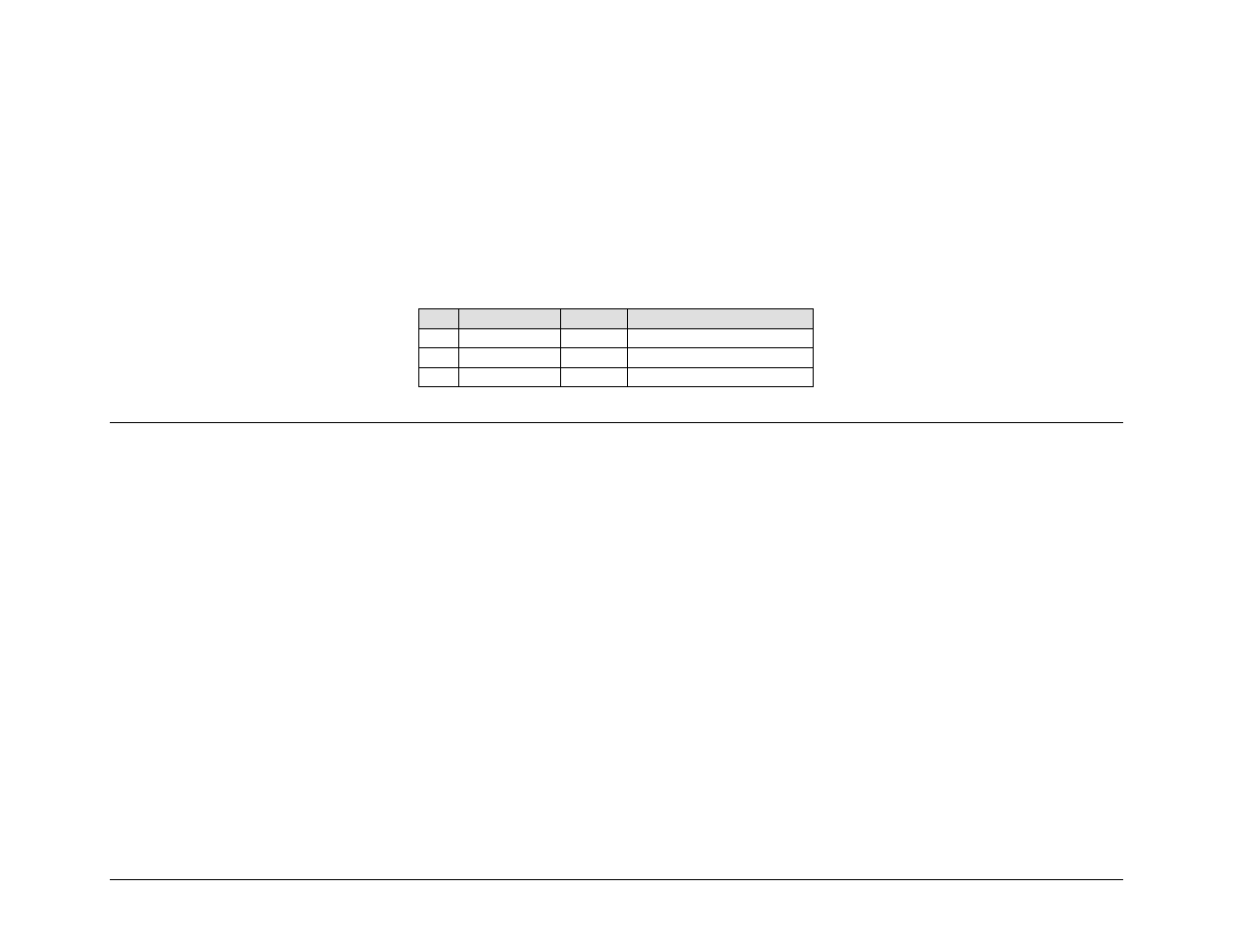A.1.2 eia-232, A.2 basic protocol – Comtech EF Data CSAT-5060 User Manual
Page 198

CSAT-5060 C-Band Transceivers
Revision 1
Appendix A
MN/CSAT5060.IOM
A–2
A.1.2 EIA-232
The EIA-232 interface is provided at the J5 COMM 19-pin circular connector. The interface provides five signals. Per Table A-2, the
CSAT only requires three wires (TD, RD and Ground); the other two signals are provided for terminal equipment that requires RTS/CTS
handshaking. The CSAT simply ties these two signals together.
Table A-2. EIA-485 Interface
Pin Signal Name I/O
Description
E
EIA-232 RD
Input
CSAT Rx line
G
EIA-232 TD
Output
CSAT Tx line
T
Ground
Passive
A.2
Basic Protocol
Whether in EIA -232 or EIA -485 mode, all data is transmitted half-duplex as asynchronous serial characters suitable for transmission and
reception by a UART. In this case, the asynchronous character format is fixed at:
•
8 data bits
•
No parity
•
1 stop bit
The baud rate may vary between 1200 baud and 19,200 baud.
All data is transmitted in framed packets. The master is assumed to be a PC or ASCII dumb terminal, which is controlling the process of
monitor and control. The master is the only unit that is permitted to start the transmission of data. Slave units are only permitted to
transmit when they have been specifically instructed to do so by the master.
All bytes within a packet are printable ASCII characters. In this context, the Carriage Return and Line Feed characters are considered
printable.
All messages from master to slave units require a response, with one exception. This will either be to return data that has been requested
by the master unit, or to acknowledge receipt of an instruction to change the configuration of the slave unit. The exception to this is when
the master unit broadcasts a message (such as Set time/date) using Address 0.
